Archives
- 2025-12
- 2025-11
- 2025-10
- 2025-09
- 2025-03
- 2025-02
- 2025-01
- 2024-12
- 2024-11
- 2024-10
- 2024-09
- 2024-08
- 2024-07
- 2024-06
- 2024-05
- 2024-04
- 2024-03
- 2024-02
- 2024-01
- 2023-12
- 2023-11
- 2023-10
- 2023-09
- 2023-08
- 2023-07
- 2023-06
- 2023-05
- 2023-04
- 2023-03
- 2023-02
- 2023-01
- 2022-12
- 2022-11
- 2022-10
- 2022-09
- 2022-08
- 2022-07
- 2022-06
- 2022-05
- 2022-04
- 2022-03
- 2022-02
- 2022-01
- 2021-12
- 2021-11
- 2021-10
- 2021-09
- 2021-08
- 2021-07
- 2021-06
- 2021-05
- 2021-04
- 2021-03
- 2021-02
- 2021-01
- 2020-12
- 2020-11
- 2020-10
- 2020-09
- 2020-08
- 2020-07
- 2020-06
- 2020-05
- 2020-04
- 2020-03
- 2020-02
- 2020-01
- 2019-12
- 2019-11
- 2019-10
- 2019-09
- 2019-08
- 2019-07
- 2019-06
- 2019-05
- 2019-04
- 2018-11
- 2018-10
- 2018-07
-
Since the number of peptides
2020-06-08
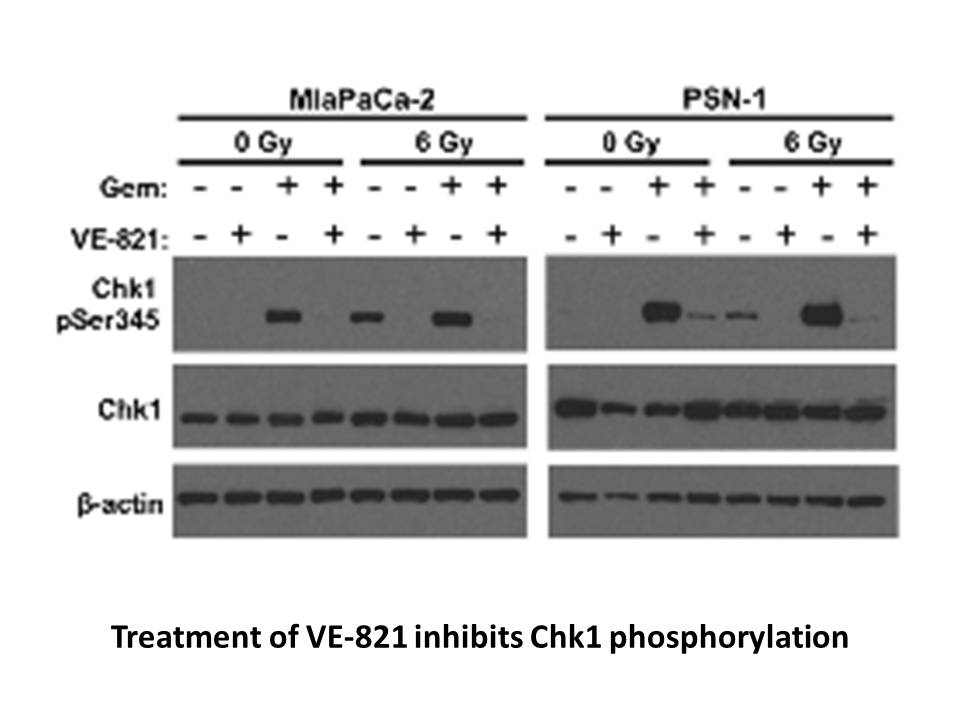
Since the number of peptides hydrolized by PEP is quite large, it is not easy to relate the increase of enzymatic activity with the altered changes of a concrete peptide. However, it is noticeable that imbalances of several natural substrates of PEP [6], such as angiotensins, bradykinin, vasopressin
-
In the current study we have elucidated an
2020-06-08
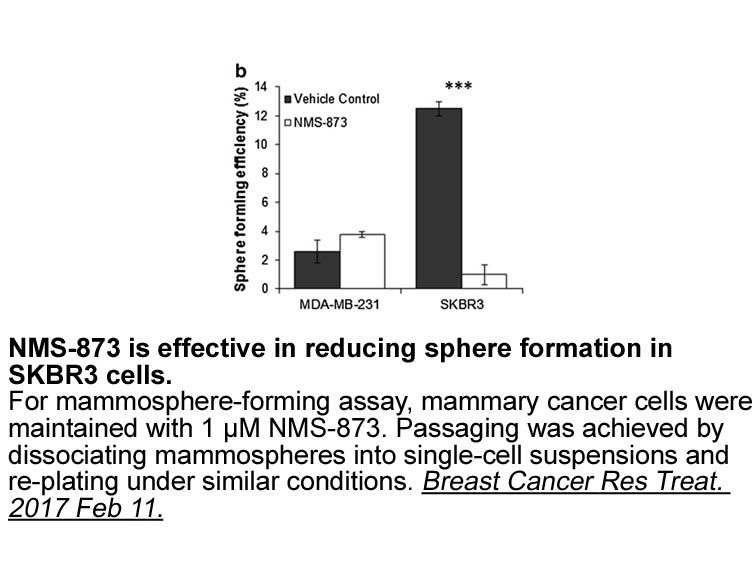
In the current study, we have elucidated an intrinsic mechanism by which PD-1 signaling maintains Foxp3 in Tbet+iTreg and iTreg cells. The data presented here demonstrate that PD-1 can inhibit a functional nuclear pool of active asparaginyl endopeptidase (AEP), an endo-lysosomal protease previously
-
It is believed that emphysema
2020-06-08
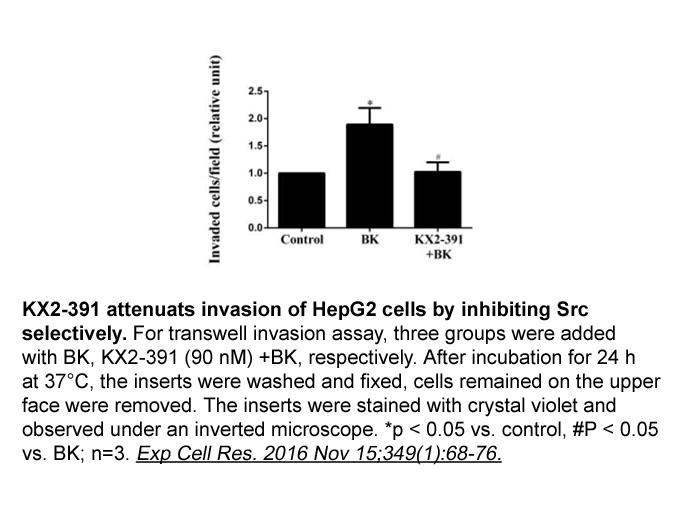
It is believed that emphysema in smokers is mediated by proteases released from inflammatory Bleomycin A5 hydrochloride that cause destruction of the extracellular matrix in alveolar septa [1]. Metalloprotease-12 is mainly released by macrophages and is considered the enzyme responsible for emphyse
-
br APC C Uses a Dynamic Cullin RING Mechanism to
2020-06-08
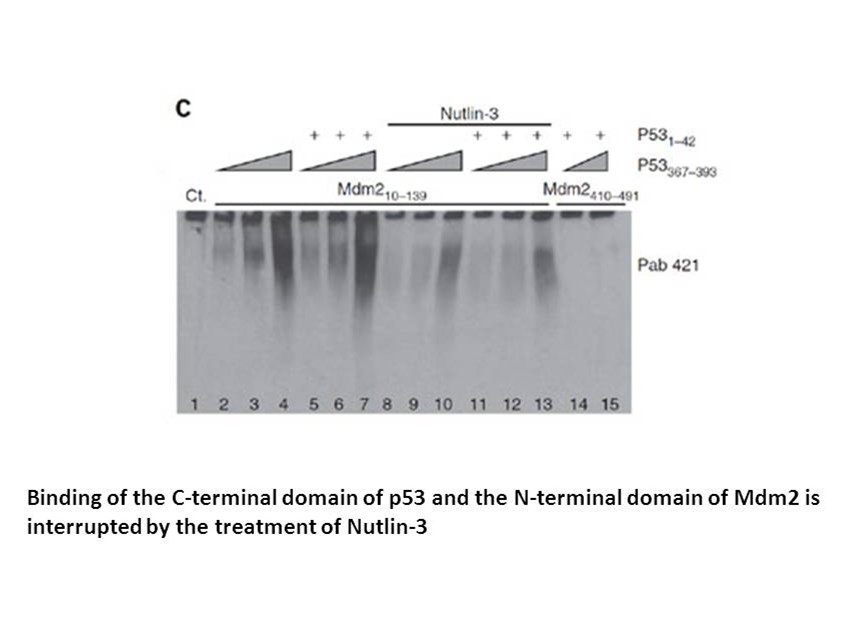
APC/C Uses a Dynamic Cullin–RING Mechanism to Elongate Polyubiquitin Chains Human APC/C generates Lys11-linked poly-Ub chains through an entirely different mechanism, via the distinctive E2 enzyme, UBE2S 30, 31, 32. Although APC2 and APC11 are necessary and sufficient to activate UBE2S, the mecha
-
Here we describe preparation of three
2020-06-08
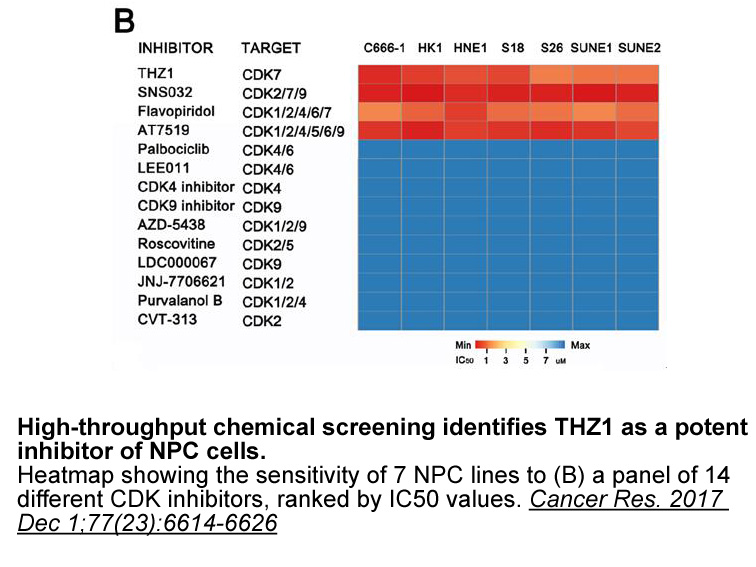
Here, we describe preparation of three stable conjugates that are linked by either oxyester, disulfide, or isopeptide bonds (Fig. 10.1). Each of these conjugates depends upon the prior purification of E2 and ubiquitin proteins that have been engineered to favor specific linkages. For the oxyester- a
-
Introduction The number of patients
2020-06-08
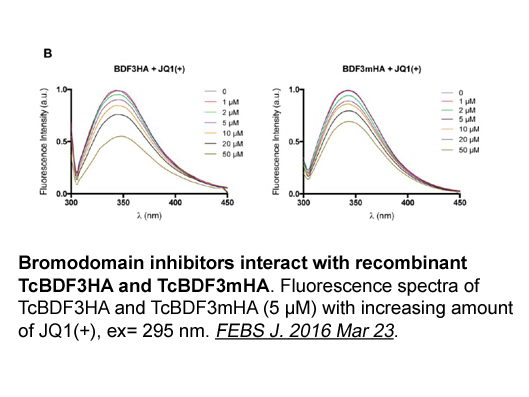
Introduction The number of patients with type 2 diabetes is increasing globally, and has become a serious public health problem. Type 2 diabetic patients exhibit a higher risk of bone fracture [1]. In addition, clinical studies have indicated that increased fracture risk is associated with long-ter
-
Addressing whether impaired activation of D
2020-06-08
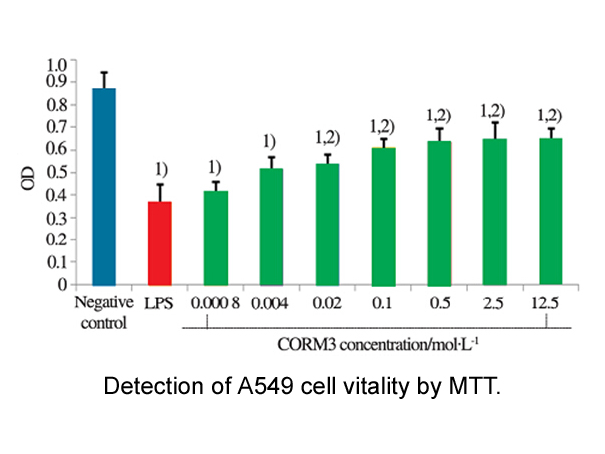
Addressing whether impaired activation of D1 and D2 receptors regulates memory capacity is relevant for all human pathologies that lead to reduced activation of these EMD638683 receptor pathways, such as ageing [39], certain genetic polymorphisms [40] and neurodegenerative disorders. In this study,
-
br Localization of D receptors in striatum One
2020-06-08
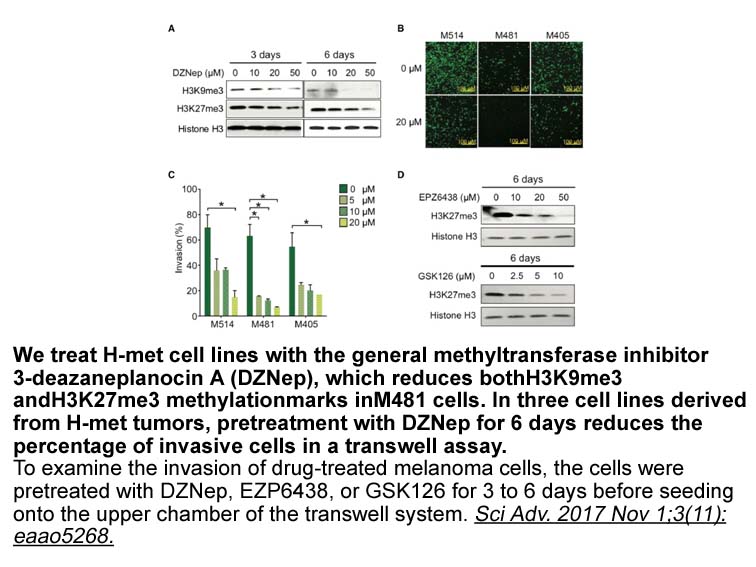
Localization of D2 receptors in striatum One characteristic of D2Rs that has complicated their study is their expression in multiple neuronal populations within striatum, both pre- and postsynaptically (Beaulieu and Gainetdinov, 2011). In addition to spiny projection neurons (SPNs), which are the
-
The repair pathway of DNA DSBs through HR and the
2020-06-08
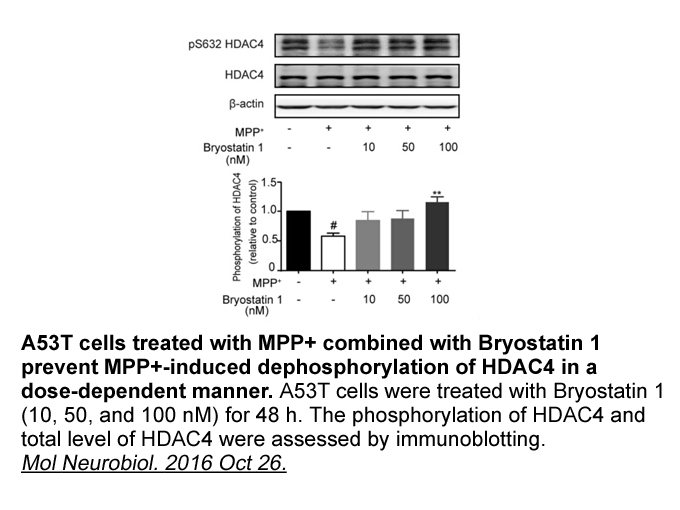
The repair pathway of DNA-DSBs through HR and the role of BRCA1 in repair kinetics by HR is also an important factor to unravel the radiation sensitization of novel small molecule inhibitors. The involvement of the breast cancer susceptibility gene 1 (BRCA1) in tumorigenesis and its role in facilita
-
98 5 sale The archaea are a group
2020-06-08
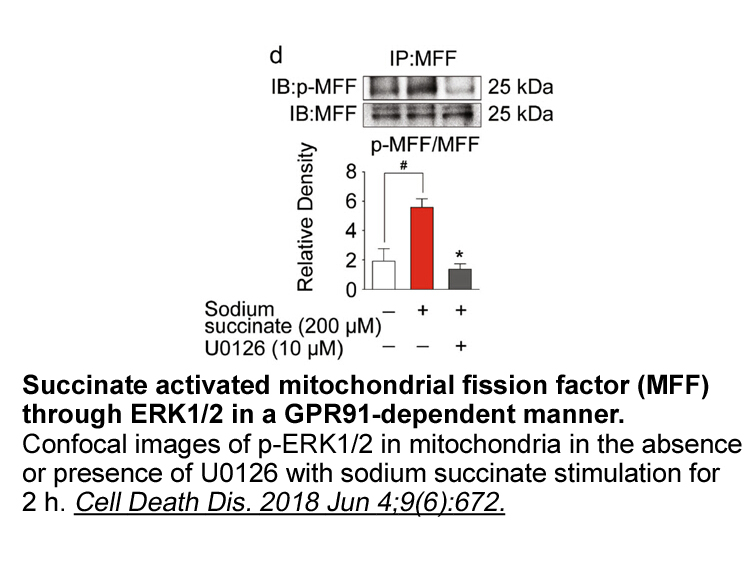
The archaea are a group of microorganisms, and many belong to extremophiles, living in extreme environments, such as those with high temperatures [6], [7]. Methanocaldococcus jannaschii is a methane-producing archaea [8]. It grows at pressures of up to more than 200atm and at an optimum temperature
-
We also identified a role for the
2020-06-08
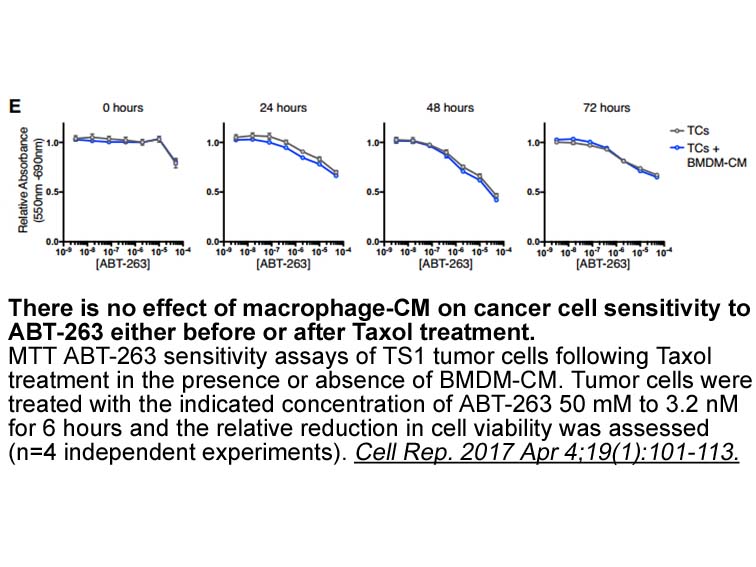
We also identified a role for the transcription factor p53 in the regulation of the Crm1 promoter. p53 can activate or repress the transcription of target genes. While activation generally occurs through binding of p53 to its consensus binding site in the promoter region of target genes, for exampl
-
Compound A and Compound B Fig were found
2020-06-08

Compound A and Compound B (Fig. 4) were found in our in vitro screening assays and have similar CRF1 receptor in vitro profiles (Table 1). When binding was investigated using [125I]-CRF in ex vivo assay, Compound A inhibited binding of [125I]-CRF both in the frontal cortex and the pituitary; however
-
Growing evidence has shown that ANS dysregulation
2020-06-08
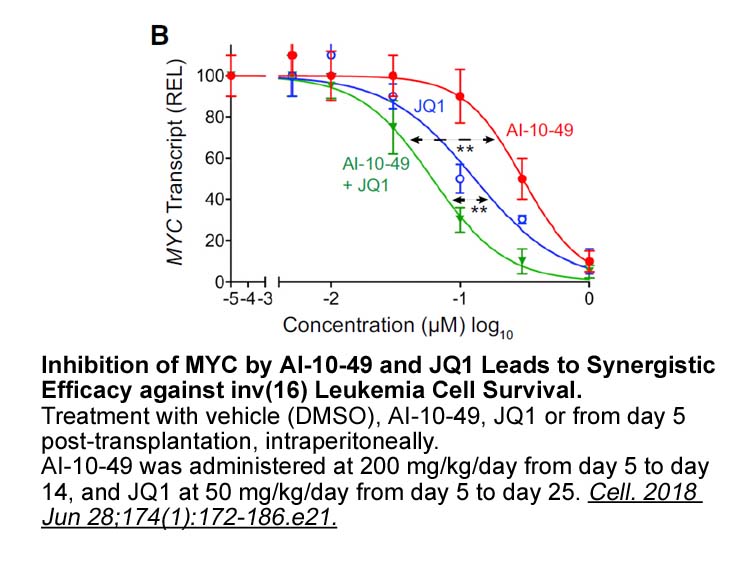
Growing evidence has shown that ANS dysregulation, indexed by heart rate variability (HRV), plays a critical role in the pathogenesis of anxiety (Minassian et al., 2014, 2015). Indeed, we have previously reported that patients with GAD are associated with reduced resting parasympathetical (vagal) co
-
Building applications by selecting and integrating component
2020-06-08
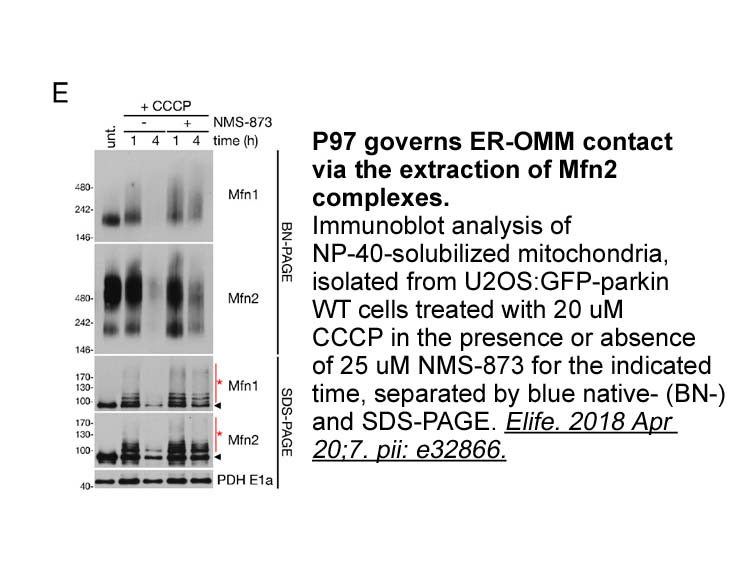
Building applications by selecting and integrating components is known in software engineering as COTS-based development. Nowadays, this approach is recognized as a crucial success factor for the software industry (Ahuja, 2014). The advantages of using COTS components include minimizing the overall
-
In view of the hypotensive effect
2020-06-05
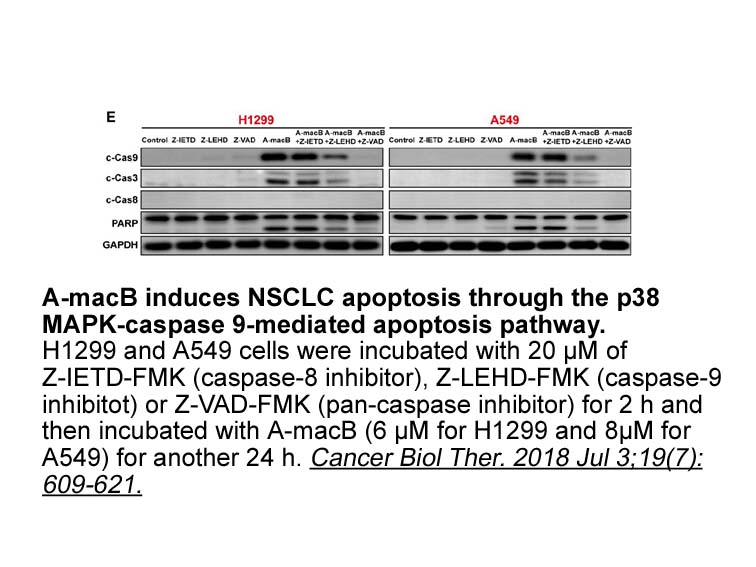
In view of the hypotensive effect of endothelial-specific overexpression of eNOS [17], [19], [28] we correlated skeletal muscle eNOS expression with sBP including data on colony 5 of eNOS-Tg [17] which was used to generate eNOS-Tg/KO (Fig. 4D). We found a highly significant one phase exponential dec
16532 records 863/1103 page Previous Next First page 上5页 861862863864865 下5页 Last page